News
-
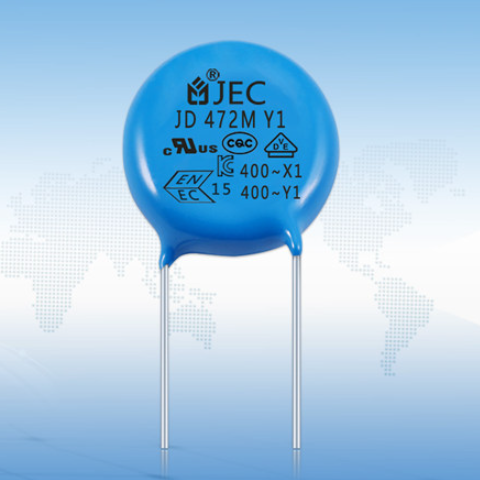
Polarized Capacitors and Non-Polarized Capacitors
Polarized Capacitors and Non-Polarized Capacitors are two different types of capacitors, and their main difference lies in whether they are polarized. Polarized Capacitors: These capacitors typically use an electrolyte as the dielectric material and have one electrode as the positive (anod...Read more -
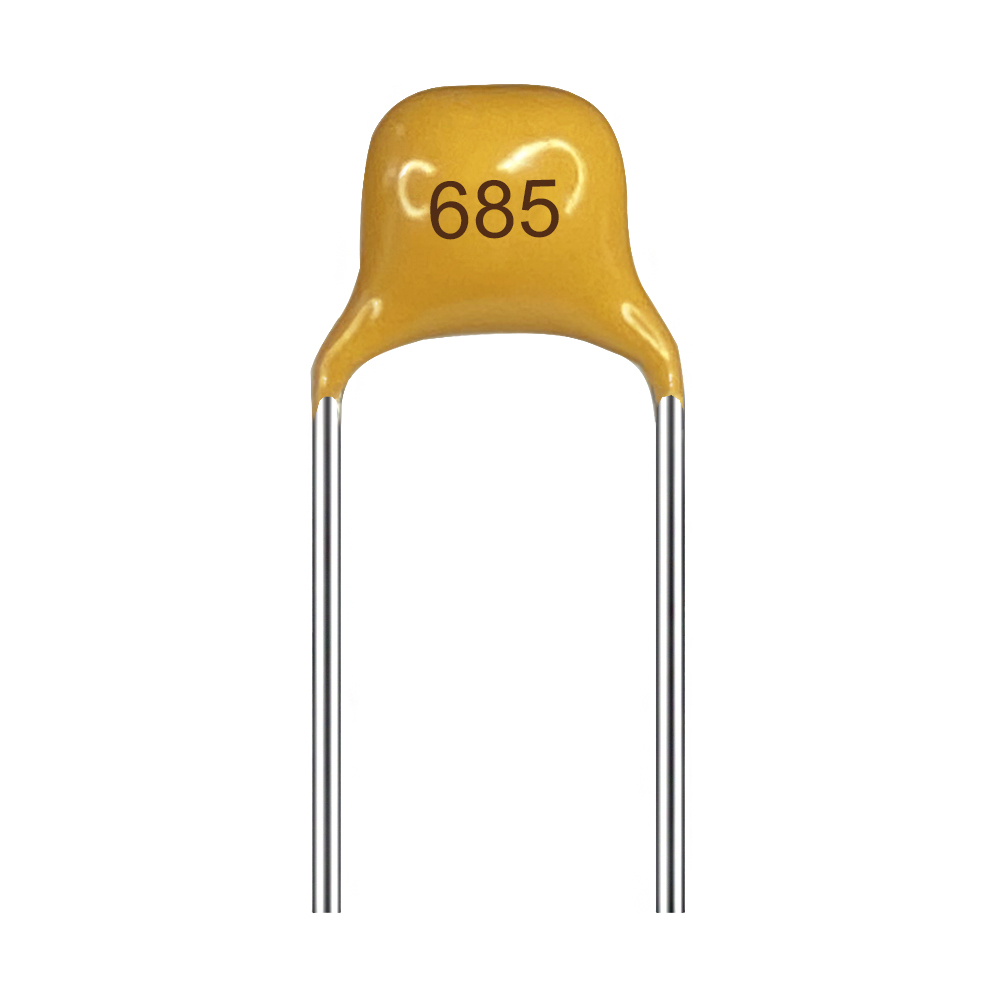
Brief Introduction to Multilayer Ceramic Capacitors
Electronic components are the fundamental building blocks of electronic systems, and no matter how complex an electronic system may be, it is essentially composed of individual electronic components. Electronic components are classified based on whether they affect the characteristics of electric...Read more -
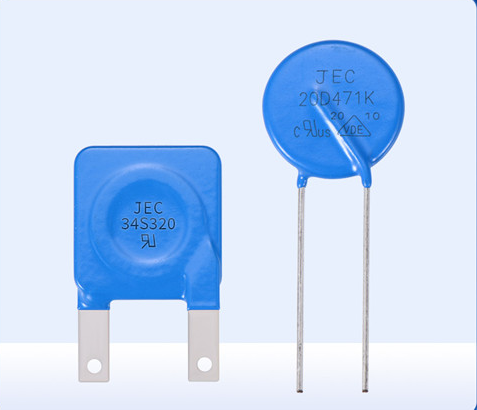
How Does a Varistor Absorb Excess Current
A varistor is a special type of voltage-limiting protective component with nonlinear voltage-current characteristics. It is highly voltage-sensitive, and its resistance changes with variations in voltage within a specified range. Its primary function is to absorb excess current and protect circui...Read more -
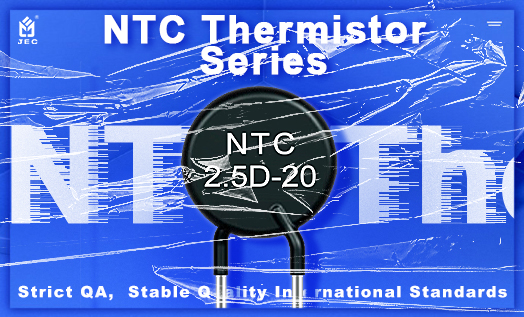
How to Choose Thermistors
Thermistors have many advantages; they can be used not only as temperature sensors but also in applications such as smart meters, instrumentation, and the medical industry. However, in the market, the quality of thermistors varies, and some thermistors may lack the accuracy and stability required...Read more -
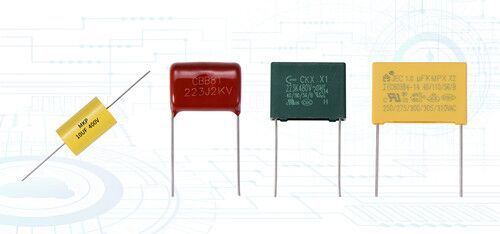
How Capacitance Error Affect Electronic Products
Film capacitors are common electronic components that are widely used in various electronic devices due to their high stability, high dielectric constant, and low dielectric loss. However, when selecting film capacitors, it is often observed that the capacitance value differs from the nominal val...Read more -
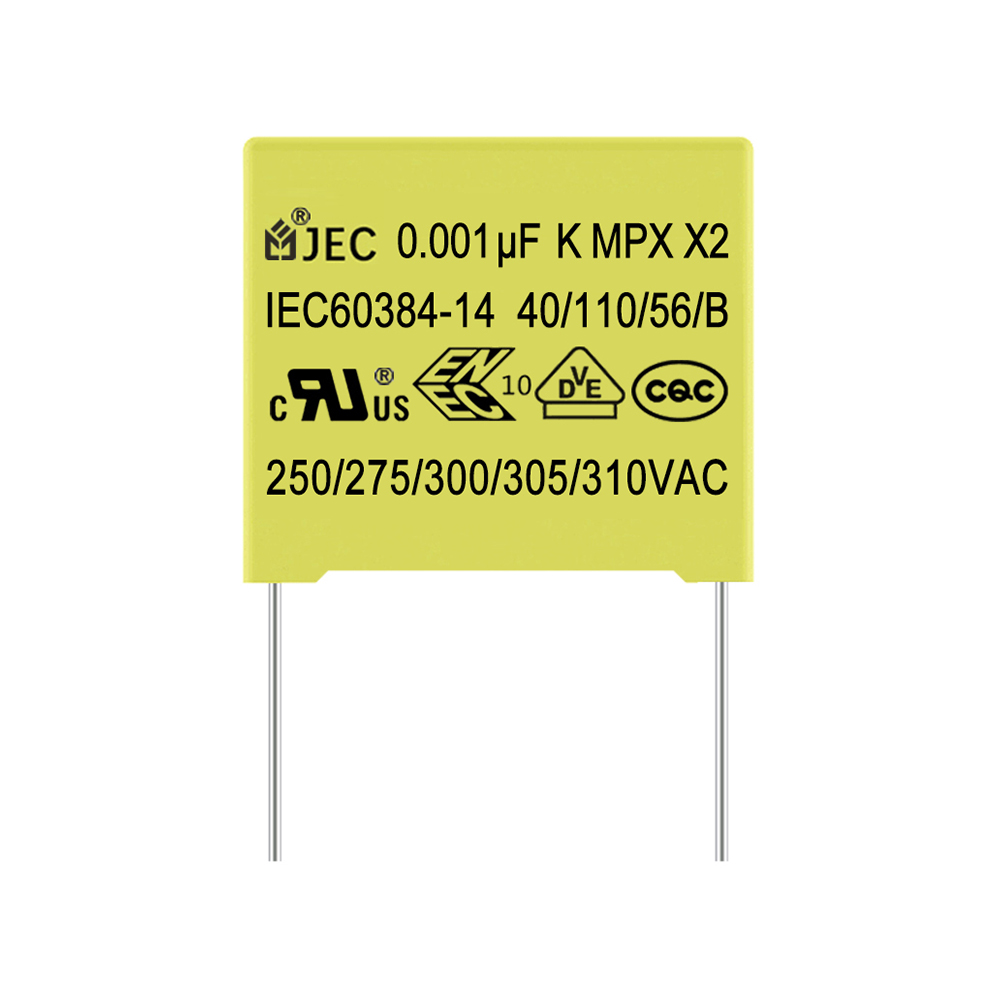
Knowledge of Film Capacitors
Common Knowledge about Film Capacitors Film capacitors are electronic components used for storing charge and generating an electric field. They are constructed using one or more layers of thin film materials, typically employing plastic films (such as polypropylene or polyester) or metallized fi...Read more -
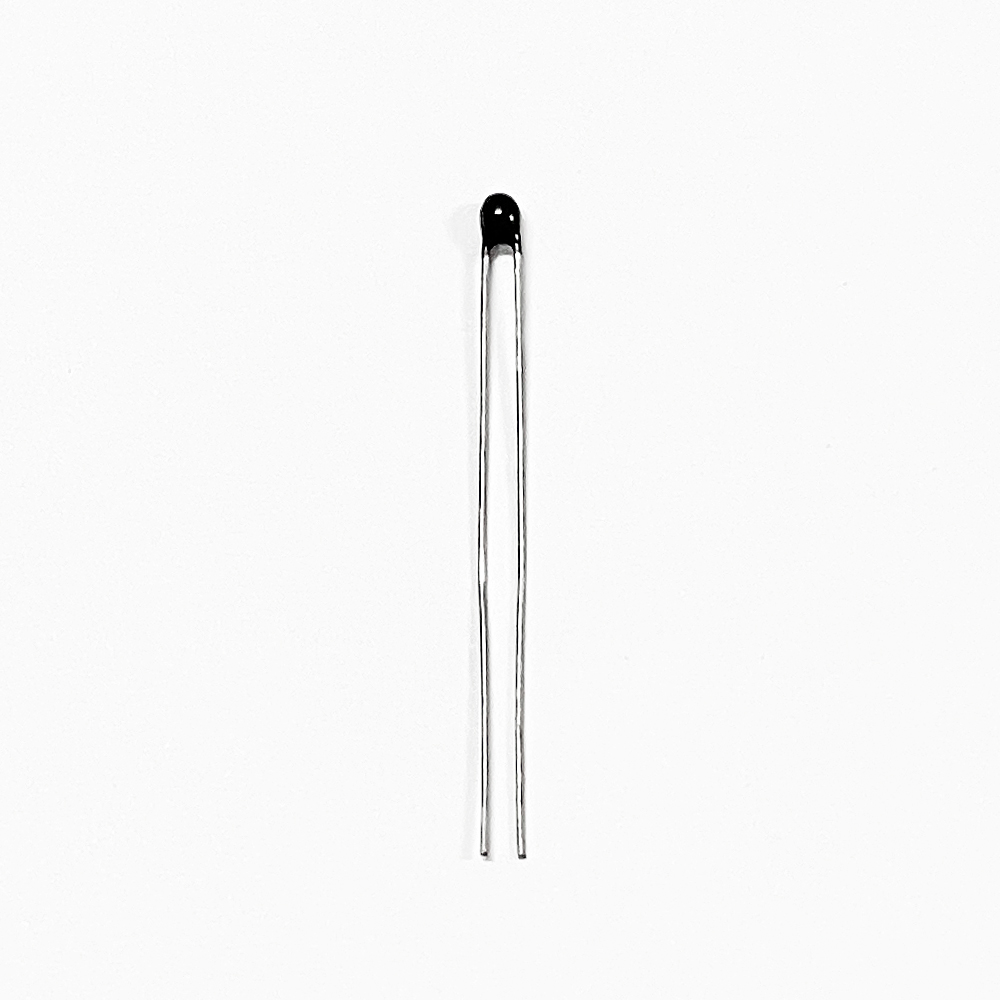
How Do Fan Thermistors Work
I. Working Principle of Thermistors In fans, commonly used thermistors are negative temperature coefficient (NTC) thermistors, which have a resistance that decreases with increasing temperature. These thermistors are installed on the circuit board of fans. When the temperature of the circuit boar...Read more -
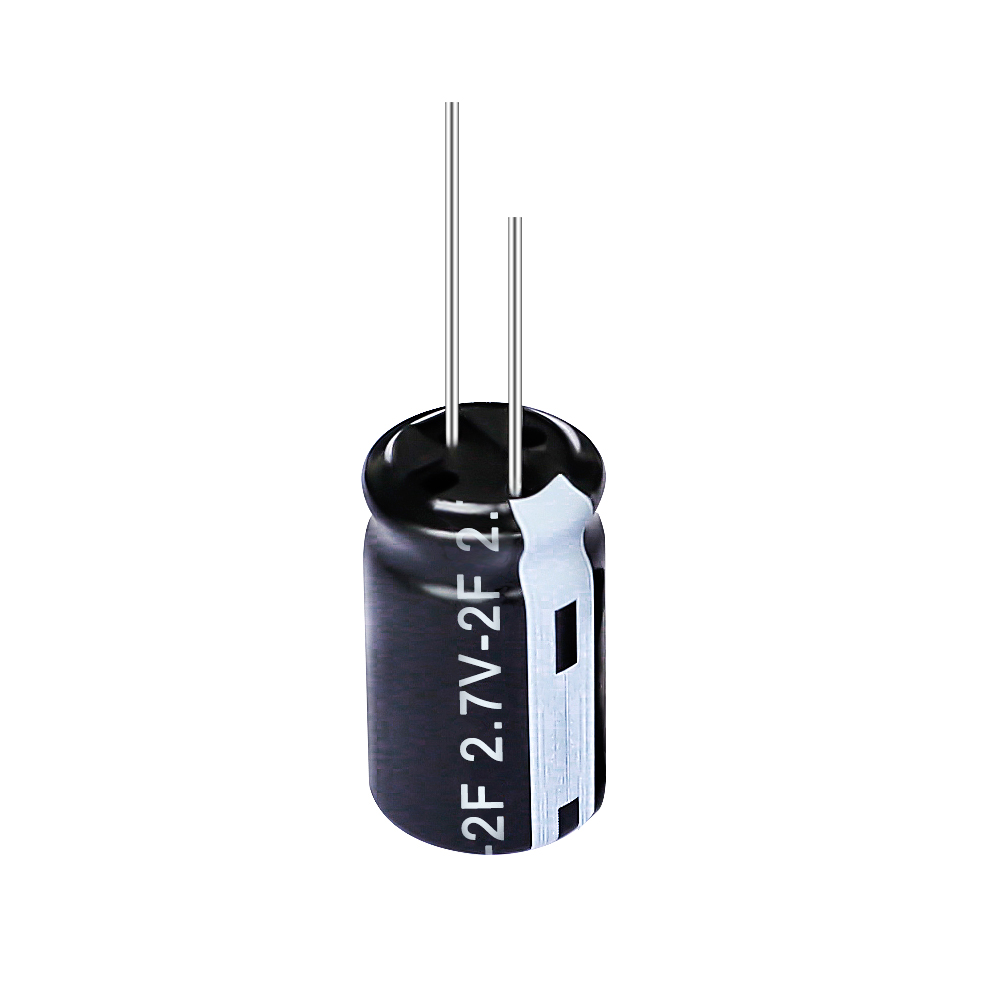
Applications of Supercapacitors
Supercapacitors are a type of capacitor with broad application prospects. They have a high capacitance, rapid charge and discharge rates, short charging times, and the ability to store and release large amounts of electrical energy. Supercapacitors have numerous roles and applications, serving as...Read more -
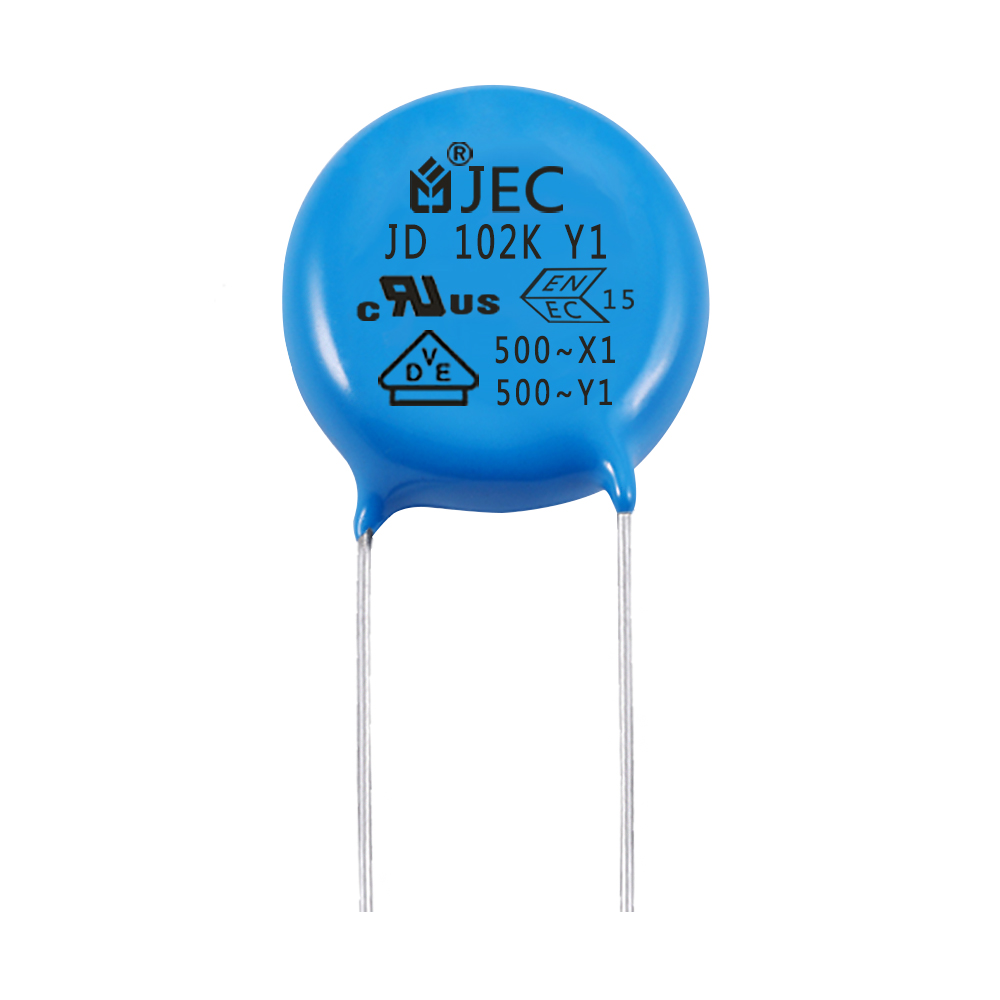
Different Types of Ceramic Capacitors
Ceramic Capacitors Ceramic capacitors are made by pressing high dielectric constant ceramic material (barium titanate or titanium dioxide) into cylindrical, disc-shaped, or disk-shaped forms as dielectrics. Silver plating is used as the electrode for ceramics through a process known as firing. Th...Read more -
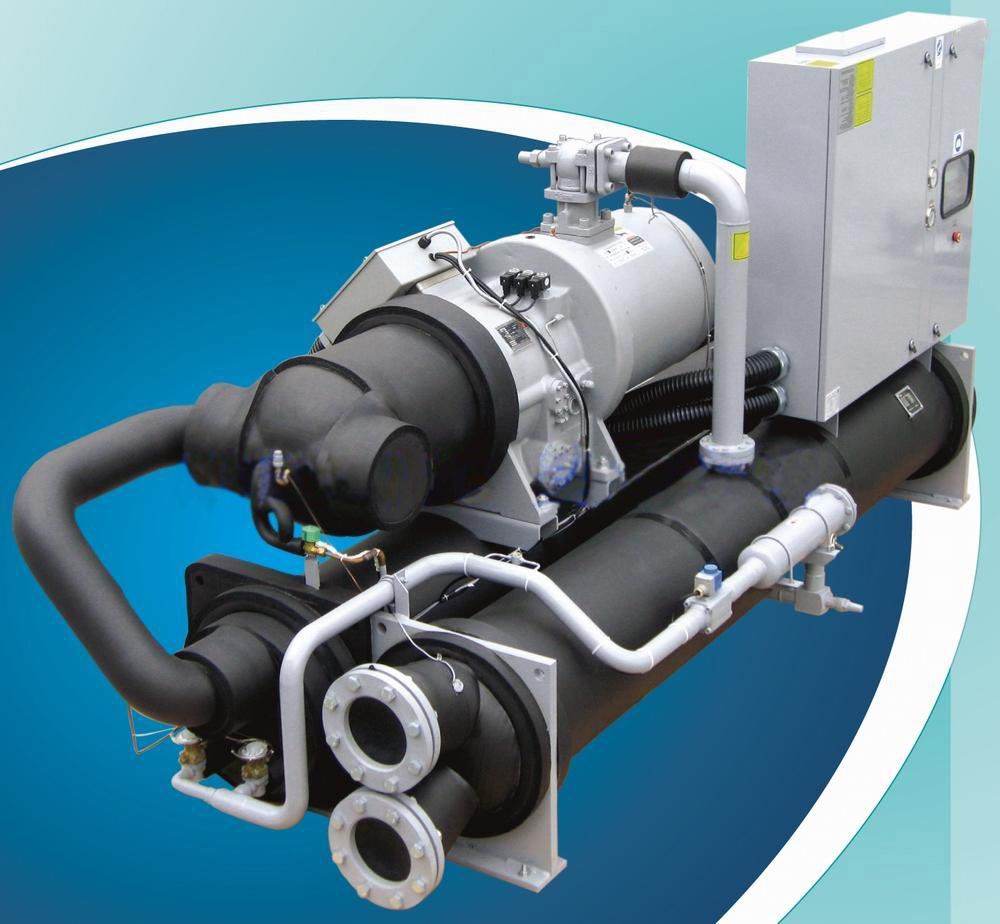
Application of NTC Thermistors in Chiller Units
Chiller units are equipment used in air conditioning and refrigeration systems, typically consisting of a compressor, condenser, expansion valve, and evaporator. The evaporator transforms the fluid from a liquid to a gas state, absorbing heat from the surrounding environment to lower indoor tempe...Read more -
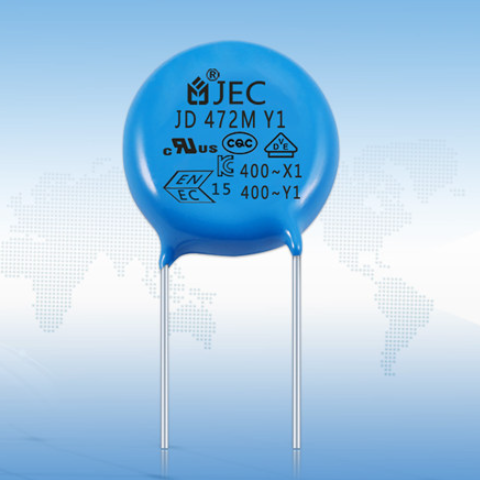
How Is The Leakage Current In Ceramic Capacitors Formed
Have you ever experienced being shocked while using electronic devices? This is often caused by a quality issue within electronic products that results in current leakage, known as leakage current. In the absence of external circuits, due to the distortion of the electric field inside the insulat...Read more -
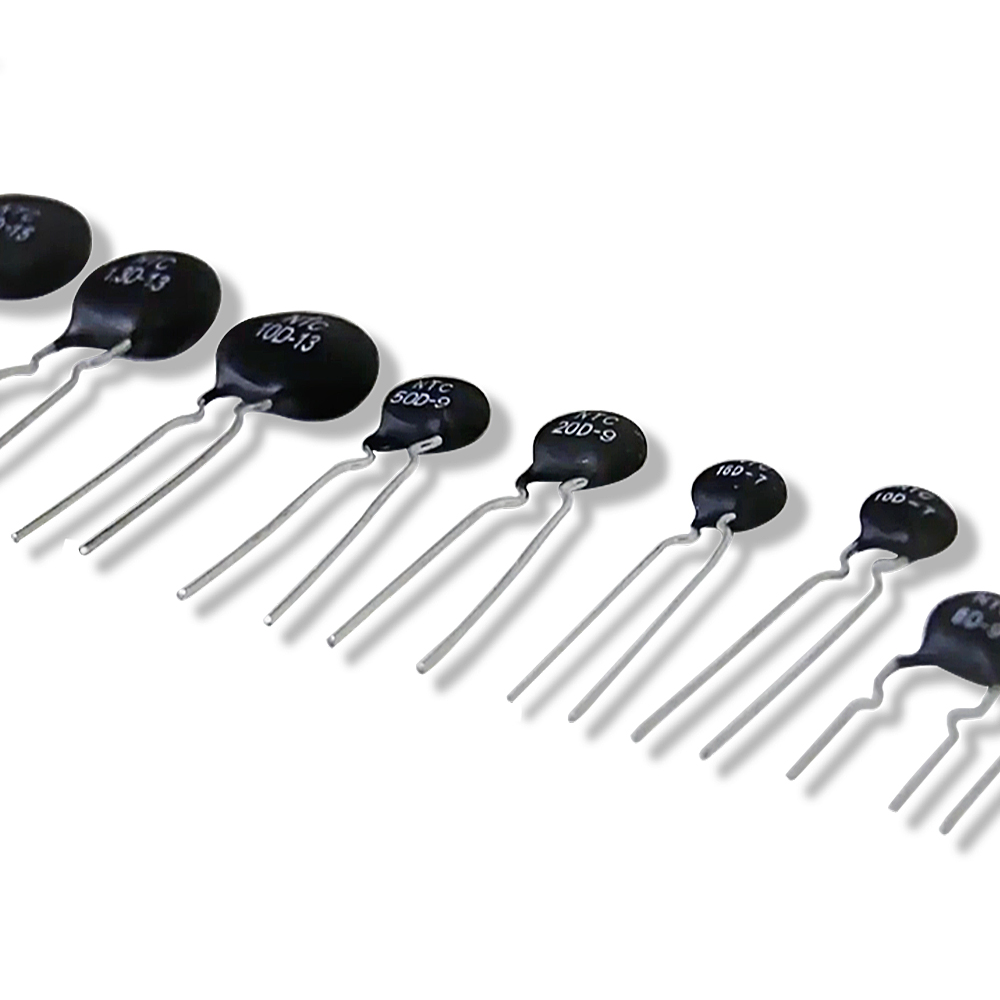
What are the Characteristics of Semiconductors
A semiconductor refers to a material that exhibits electrical conductivity properties between that of a conductor and an insulator at room temperature. Common semiconductor materials include silicon, germanium, and gallium arsenide, among others. Compared to conductors, semiconductors have higher...Read more
